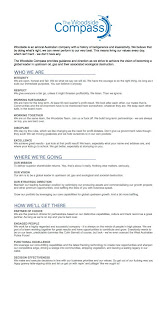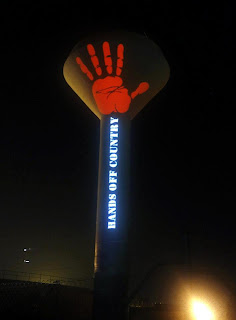What this risk-rating table does not account for is the social
activism that is community based and
community driven. When these corporations come up against a community that
is experienced, educated, trained in activism / direct action and who already
have a substantial win under their belts, they know in their hearts that their
road map is not adequate.
Buru’s road map will struggle up a very steep hill of obstacles that
will take them through the courts, blockades and the share market over a very
long time.
Buru Energy chose to name Buru because it means “Country” in the
local Yawuru language. However, they fail to accept Yawuru’s stance on fracking
in their country.
"This opposition
will remain until Yawuru are satisfied that any fracking activity is safe
beyond any scientific doubt."
The Yawuru PBC has not given permission for Buru Energy to undertake
fracking on Yawuru country. Yawuru has made a submission to State Government
Inquiry on fracking.
Buru fails to respect Yawuru as the Native Title Holders who have faced
many adversities and did the hard grind over many years to obtain that
recognition. They are not just stakeholders they hold exclusive tenure on paper
and within their very souls.
For Buru Energy to illiterately come to a meeting with Yawuru people and explain the fracking process with a bag of jelly beans shows the depth of their arrogance that is beyond serious comprehension.
For Mitsubishi and Buru Energy to spin advertisements in our local
paper claiming "its our home" just illustrates to the community straight
away that they are straight out prevaricators. We know who lives in our home
and Buru Energy has never lived here nor were they ever invited in.
The run of ads trying desperately to down play the very issues Mitsubishi
and Buru Energy know will cause the most harm. Showing us pictures of a
teaspoon of chemicals is a clear indication that Buru has no idea about the
level of education held by this community. Its very clear they have no real
insight into the weave of the social fabric or the true values held by this
community they claim as home. Because if they did they would already understand
that this is a community that has clearly shown in blood, sweat and tears that
they never give up in the protection of their homes, their water, their
environment and their community.
Broome and the surrounding communities have been subjected to textbook
strategies undertaken by corporations and their lackey governments to bring down
communities. It’s been used across the world, it is well worn and usually a
very successful strategy, especially when they can throw a few crumbs to cash
strapped community groups to get their million-dollar PR stories and the pretty
pictures of black faces.
Over five years our community and our homes were subjected to their
divisive tactical antics. We were called
everything under the sun but our bruised community is now a hell of a lot more
savvy. In all reality our community should thank Woodside and the Department of
State Development for their crash course in community science, education,
activism and of course “process”.
Buru is going to have to do a lot better with the wool if they seek
to cover our community’s eyes. The nice
community information sessions recently undertaken by the Department of Mines
and Petroleum throughout the Kimberley to reassure us all that fracking is safe
is not working either. Why? Because we have seen how government departments
work, not by legislation, concern, or even fairness of process, they just do as
they are told.
This community will continue to educate itself and share that
understanding about the nonconventional shale gas fracking. However, once the community
has absorbed those facts then we will raise their awareness a little more by
exposing them to the truth about the highly toxic process of Buru’s conventional
oil extraction at Ungani.
This oil extraction technique poses even greater threats to our water
and the Roebuck Wetlands and the Bay.








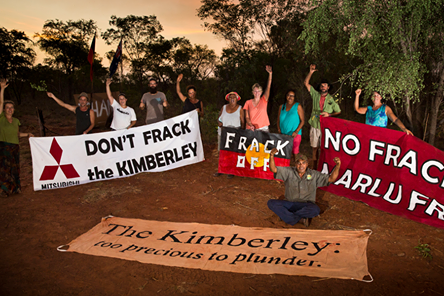


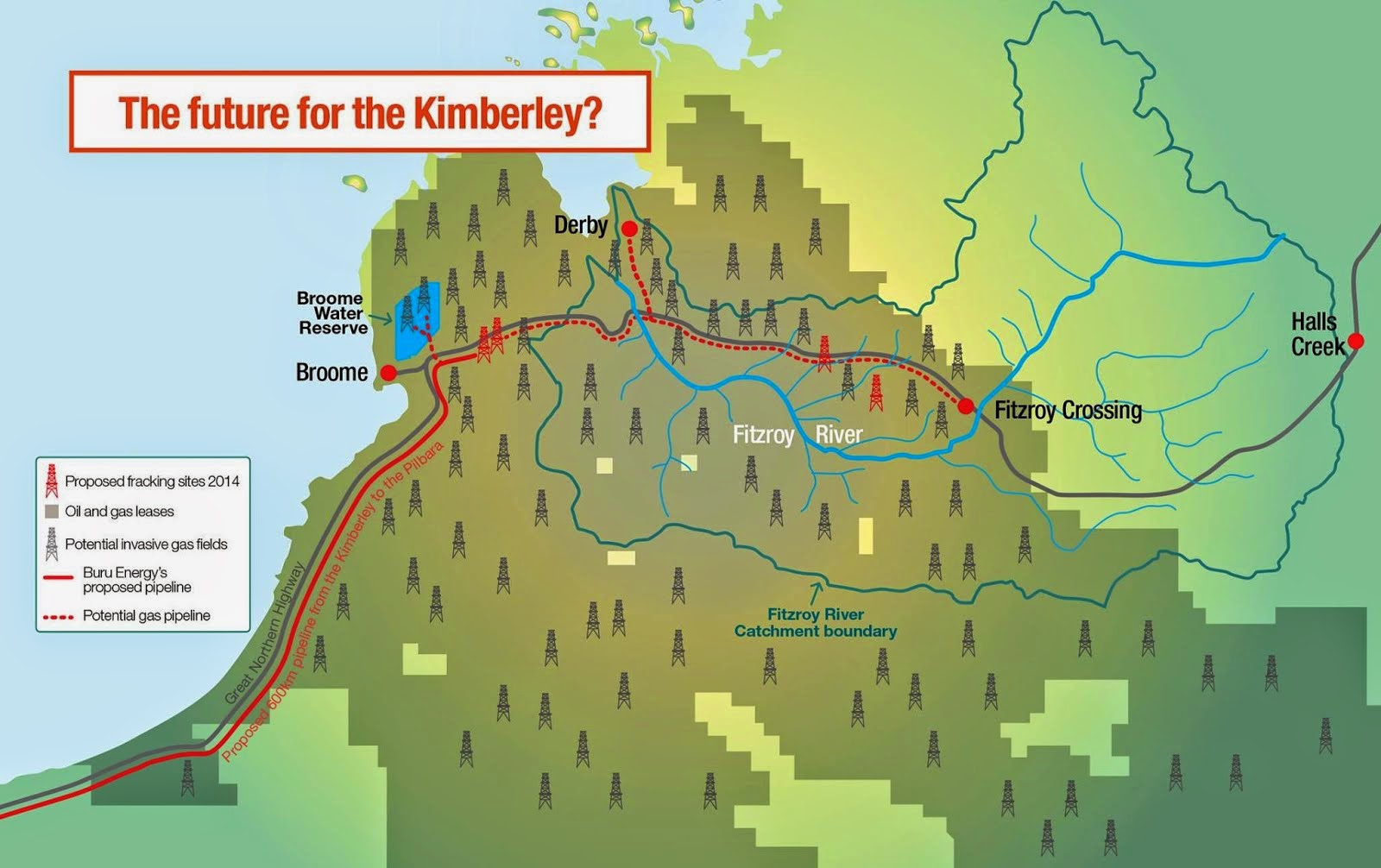





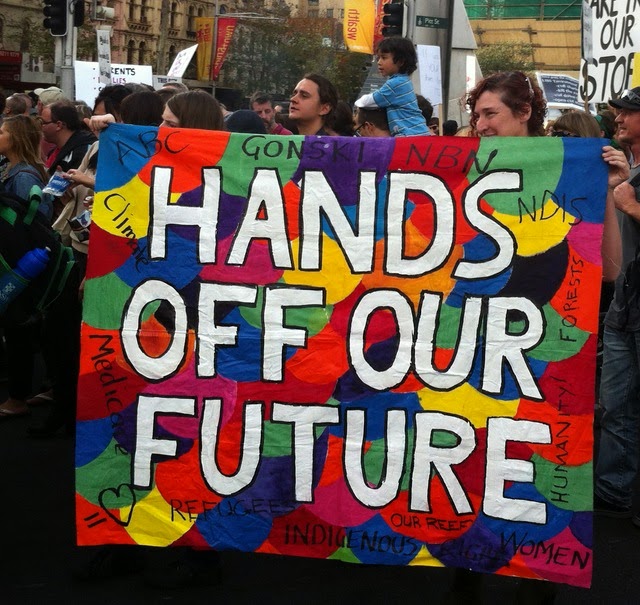


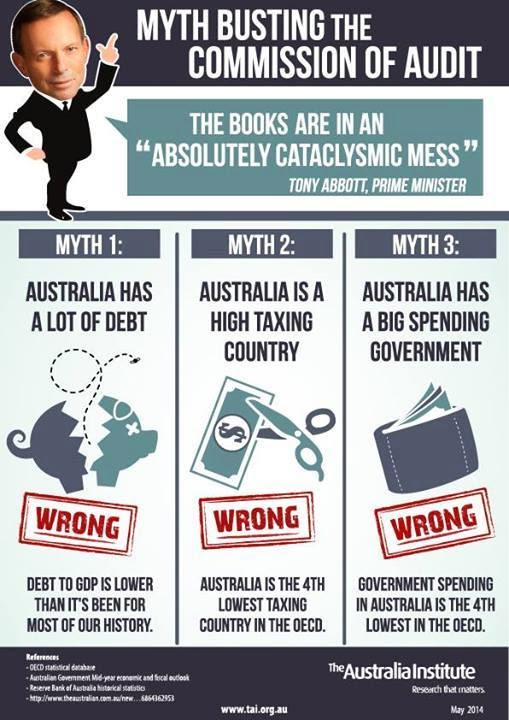
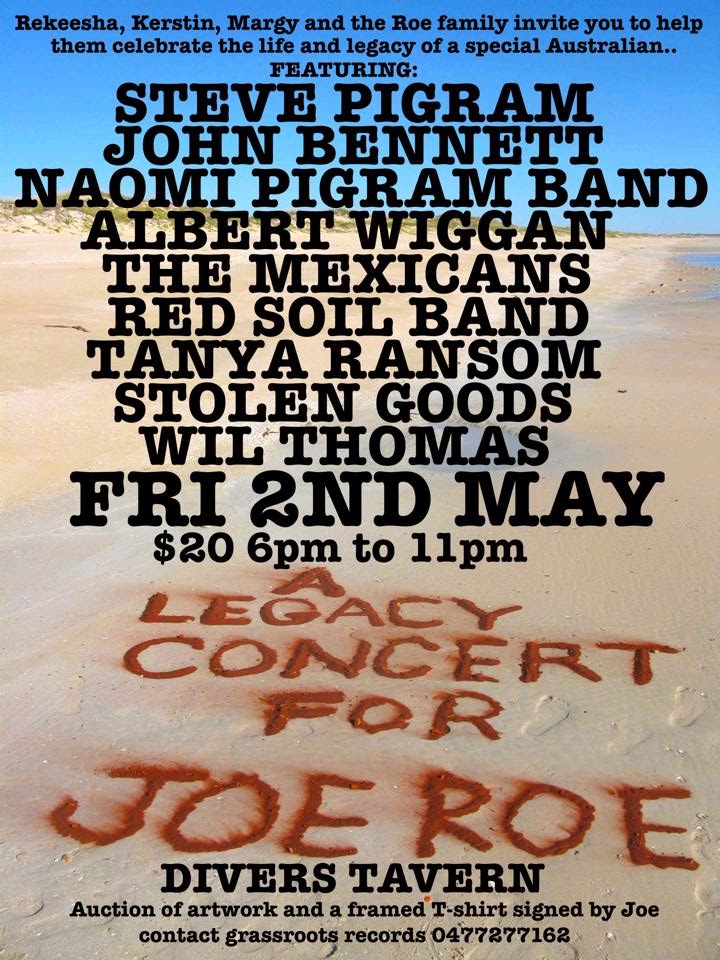

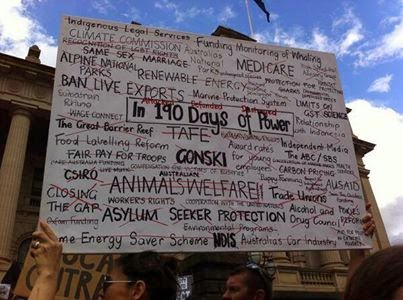


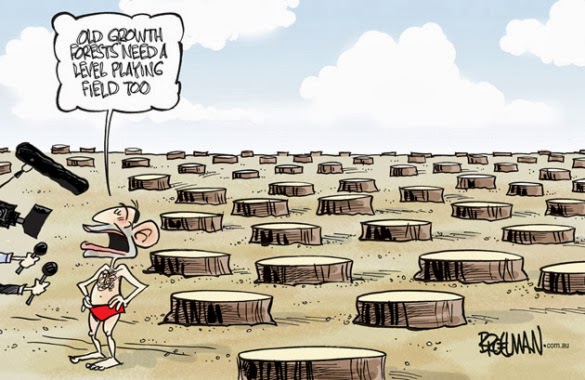
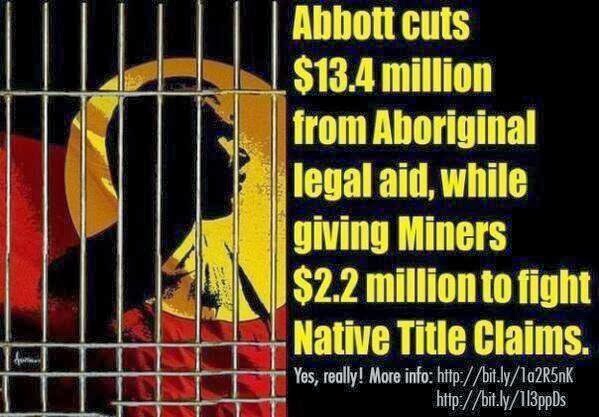
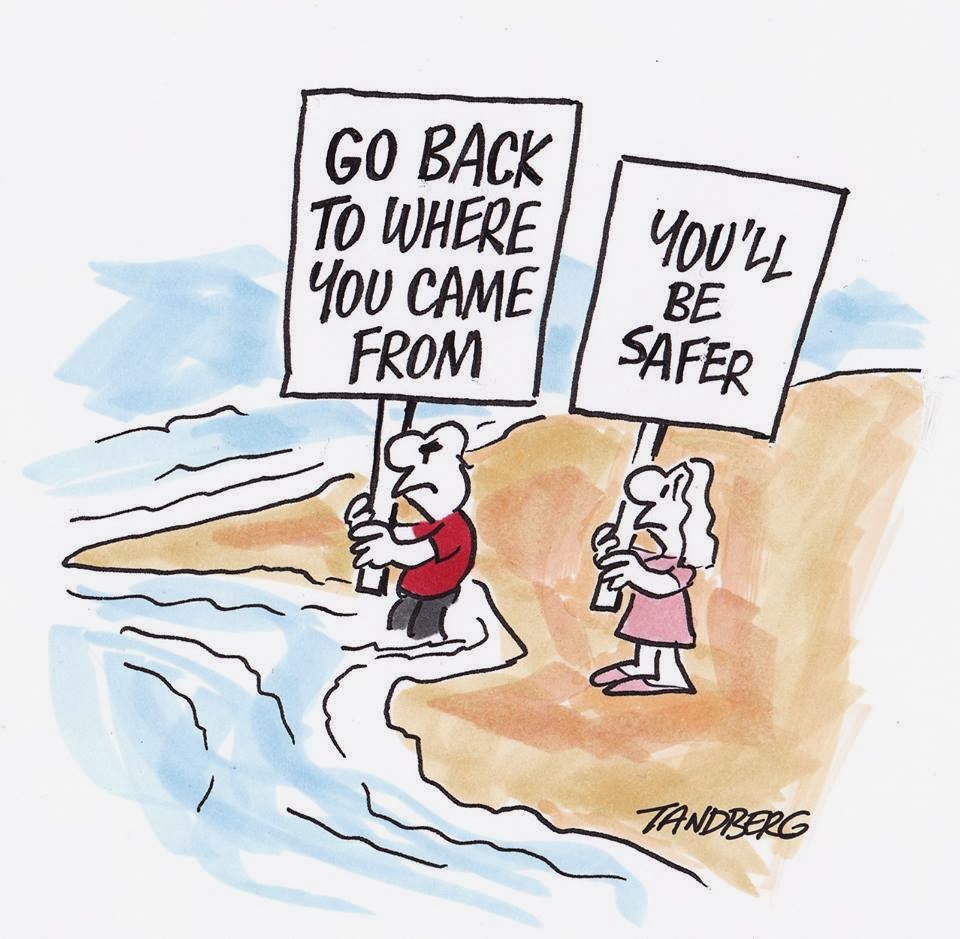

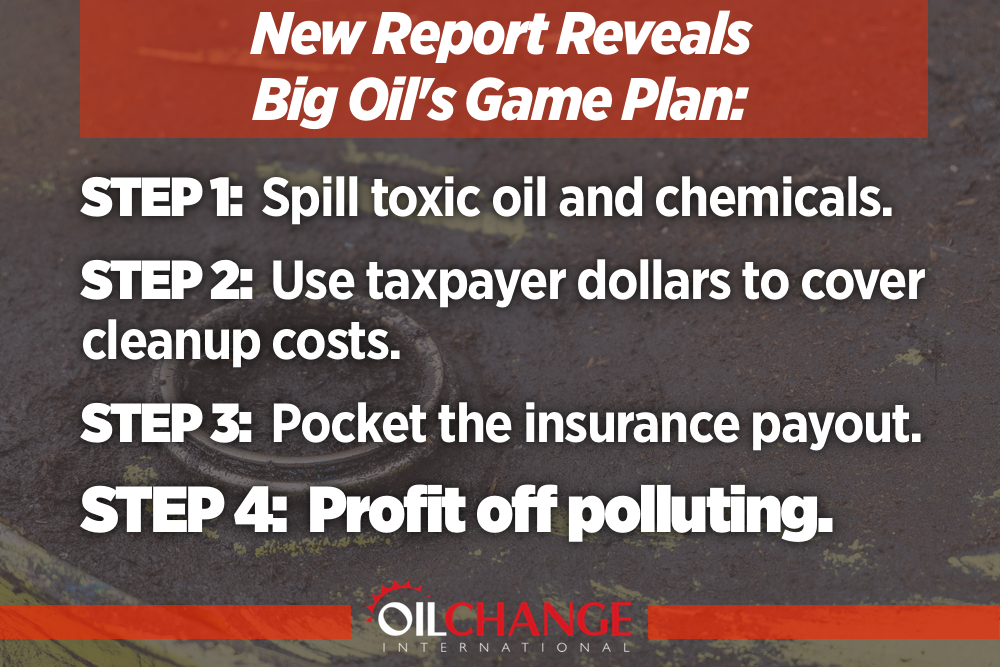
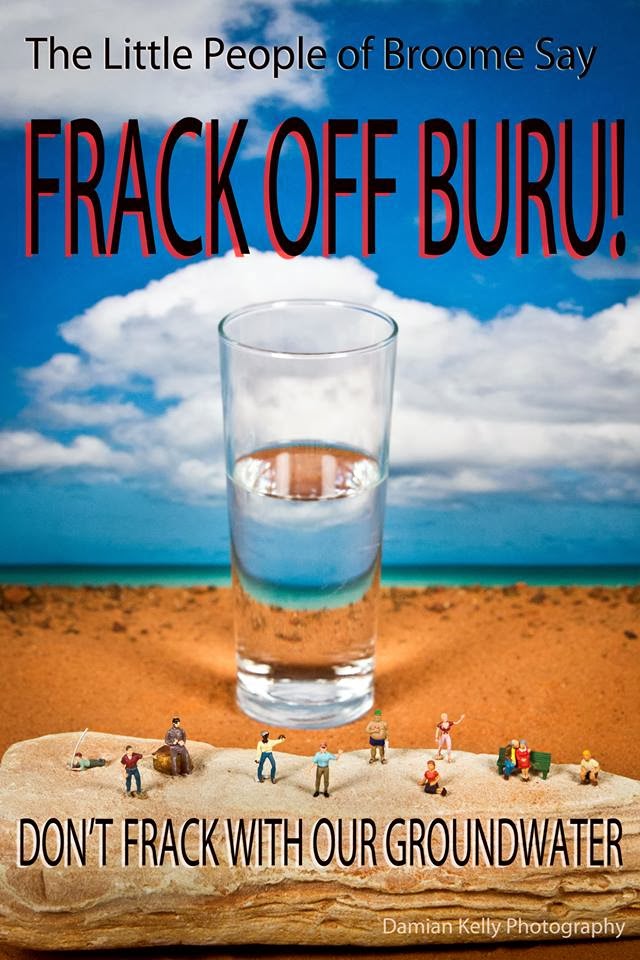
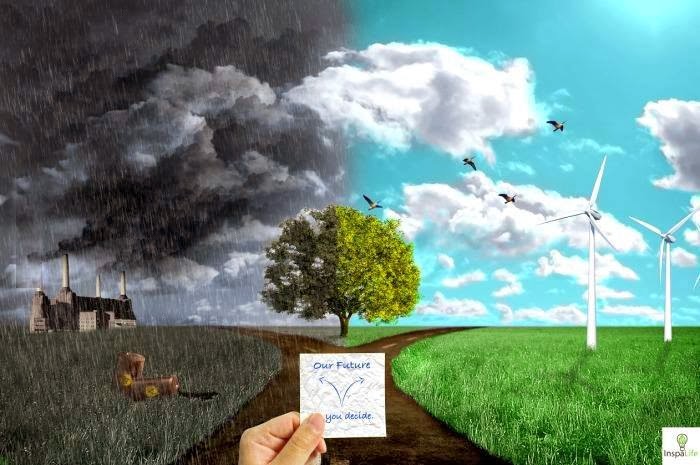
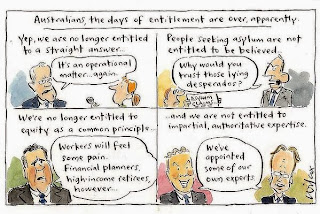


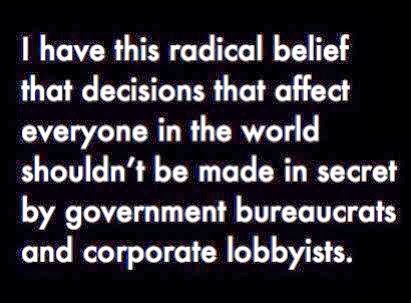
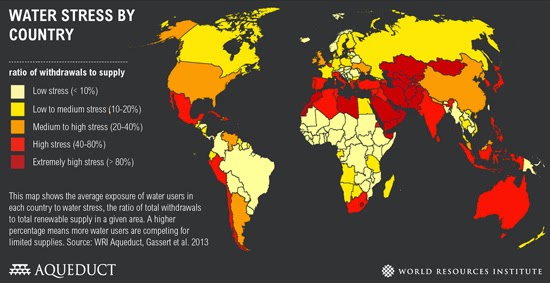

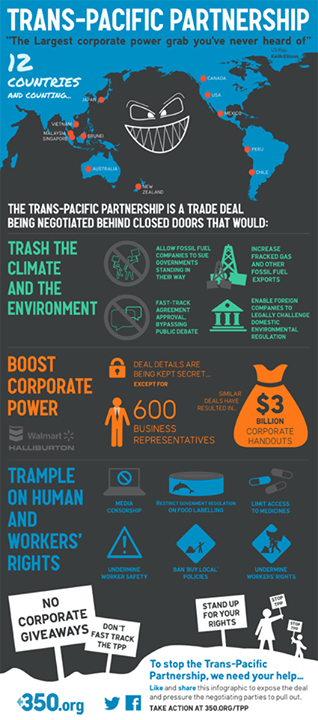
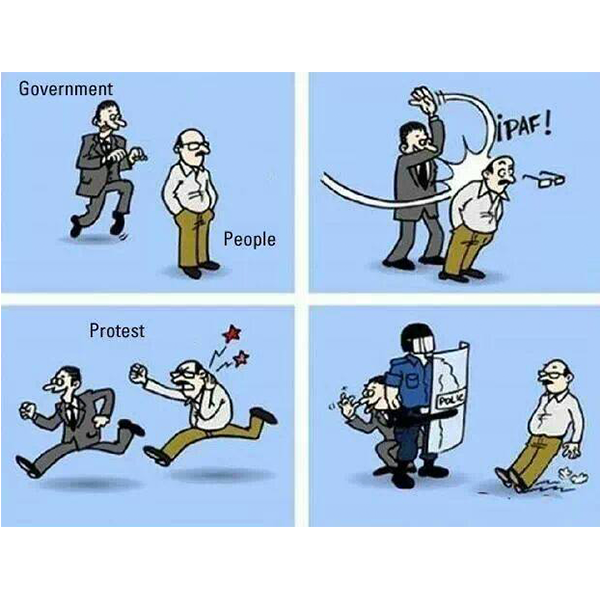












 Photo Damian Kelly
Photo Damian Kelly











